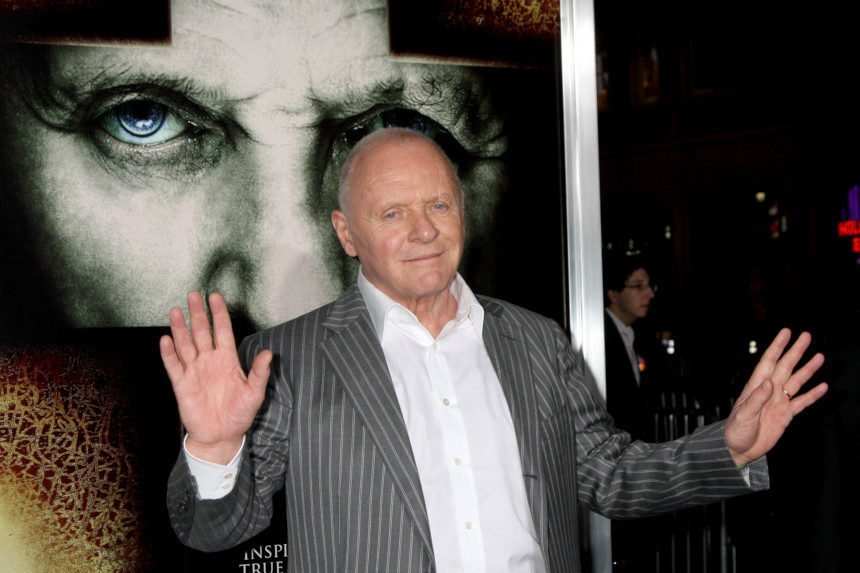When a literary character reaches a true level of cultural permeation, they often do out some recognizable and relatable trait. Whether it’s Gatsby’s longing or Alice’s curiosity or Holmes’s deductive skills, those characters have something that’s either familiar or desirable. When it comes to villains that stand the test of time, it’s usually because they’re particularly clever or implacable or, occasionally, sympathetic. Dracula remains off-page much of the time, manipulating people and events, while Professor Moriarty matches wits and trades blows with the Great Detective. However, one character emerged on the page in the fall of 1981 has become an instantly recognizable name by being intelligent, cultured, and also horrific beyond measure. That’s the dapper forensic psychiatrist, serial killer, and cannibal, Dr. Hannibal Lecter. Here’s how his strange journey to horror icon began.
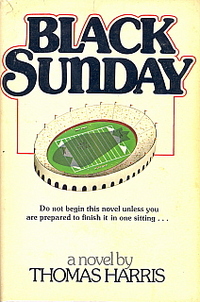
Novelist Thomas Harris graduated from Baylor in 1964 and became a police reporter in Waco, Texas. Four years later, he went to work for the Associated Press in New York City. Harris left that post in 1974 to work on what would become Black Sunday, his 1975 debut novel. Inspired in part by the terrorist attack and hostage crisis at the 1972 Munich Olympics, Black Sunday told the tale of a disgruntled and disturbed Vietnam veteran that joins with a Palestinian terrorist to commit an attack on a football stadium. The novel caught the attention of producer Robert Evans and director John Frankenheimer, who turned it into a film in 1977. The attention surrounding the movie drove awareness of both Harris and the novel, giving book sales a solid push.
When it came to Harris’s next novel, the exact source of inspiration remains in question, but learned observers and the somewhat reclusive Harris’s own body of journalistic work leaves some clues behind. The late British writer Charlotte Greig asserted in her book Evil Serial Killers that Lecter seemed to be based on Albert Fish, the cannibalistic serial killer known as The Gray Man who operated in New York City in the late 1800s and early 1902. Others point to an interview that Harris did for Argosy in the 1960s where he mentioned a criminal that he referred to as “Dr. Salazar;” that may have actually been Alfredo Ballí Treviño, a physician and apparent serial killer. And there’s always Plainfield, Wisconsin murderer Ed Gein, who inspired multiple horror characters, though he bears more resemblance to Harris’s later antagonist, Buffalo Bill. Whatever the case, Harris would use his 1981 novel, Red Dragon, to introduce two truly terrifying characters: Francis Dolarhyde, a.k.a. The Tooth Fairy, and, most famously, Dr. Hannibal “The Cannibal” Lecter.
Red Dragon hit stores in fall of 1981, and while sources dispute whether its exact release date fell at the end of October of the beginning of November, it received a The New York Times review on November 15. The review was positive, but not quite as effusive, or quick to print, as the endorsement it got from America’s resident Master of Horror, Stephen King; in the November 1, 1981, issue of The Washington Post, King reviewed the book, calling it “probably the best popular novel to be published in America since The Godfather” while also taking critics to task for tending to ignore work in the thriller genre.
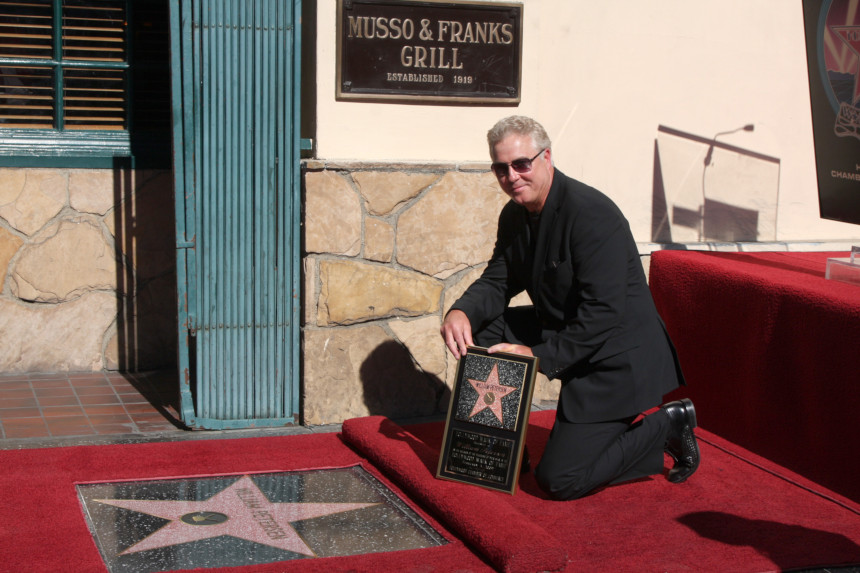
The book follows retired FBI Special Agent Will Graham as he’s pressed back into service to track down the brutal serial killer known as “The Tooth Fairy.” Graham’s ability to get inside the head of a killer previously enabled him to catch another monster, Dr. Hannibal Lecter. Graham reaches out to Lecter for advice, but he’s not the only one corresponding with the not-so-good doctor. While the main attraction of the book is the ongoing struggle between Graham and Dolarhyde, Lecter cuts a memorable figure as a killer brilliant enough to manipulate people on both sides of the law from the inside of a prison. Visionary director Michael Mann would write and direct a film adaptation, retitled Manhunter, in 1986. Graham was played by future CSI anchor William Petersen, Tom Noonan embodied the frightening Dolarhyde, and Lecter (spelled as Lecktor in the film) was played by the great actor . . . Brian Cox? That’s right; the first onscreen Lecter was the seemingly tireless Scottish actor with more than two dozen awards and 200 acting credits (including his present run on HBO’s Succession). Though the movie wasn’t a big hit, it’s become a cult classic, and it and the novel have been widely credited with helping the public (and Hollywood) understand what an FBI profiler and modern forensics can do.
Even with the success of Red Dragon and the raised profile afforded by Manhunter, no one expected the pop culture phenomenon to come. Harris’s 1988 follow-up novel, The Silence of the Lambs, was a huge hit. Highly praised by other writers and critics, the book received both the 1989 Bram Stoker Award and the 1989 Anthony Award. Landing as it did at an intersection of mystery and horror, the novel had wide appeal. It seemed certain that the book would be fast-tracked to film, especially with Gene Hackman aboard to act and direct. And yes, you’re right: that didn’t happen.
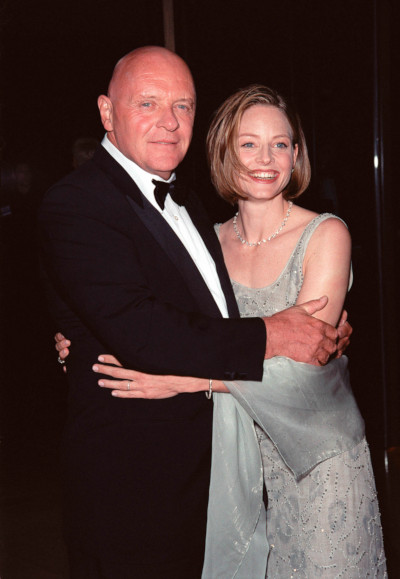
Hackman had originally cut a deal with Orion Pictures so that they could each pay for half of the acquisition rights for the book. Hackman was going to play FBI boss Jack Crawford and direct. Ted Tally, screenwriter and playwright, was tasked with writing the adaptation. Though the Hackman deal fell apart, Orion told Tally to finish work. Director Jonathan Demme came aboard, liked the script, and got the production moving in just a few months. Demme considered a number of other actresses for the role of FBI Special Agent Clarice Sterling, but the part went to Jodie Foster, who had pursued it after reading the novel. Sean Connery turned down the part of Lecter; Anthony Hopkins, however, loved the script and came aboard quickly. In an interview with Empire earlier this year, Hopkins explained the he arrived at this take on the character by combining elements of the speaking rhythm of writer Truman Capote and the creepy detachment of HAL 9000, the artificial intelligence from 2001: A Space Odyssey that was voiced by Canadian actor Douglas Rain. Hackman almost stuck around for Crawford, but backed out over the violence of Tally’s script; the part went to Scott Glenn. Ted Levine rounded out the leads as serial killer Jame Gumb, a.k.a. Buffalo Bill.
The film was a genuine blockbuster, and the fifth-highest grossing of 1991. It went on to complete a “Top of the Oscars” sweep, taking Best Picture, Best Director, Best Actor (Hopkins), Best Actress (Foster), and Best Adapted Screenplay. The movie has been widely praised by critics and regularly appears on lists of best horror films. Over time, members of the LGBTQ+ community have been critical of the representation of Gumb’s character in relation to the film’s depiction of his sexuality, but both Demme and Harris pushed back against that interpretation. Nevertheless, Hopkins and his performance were wildly popular in the aftermath of the film, and Lecter’s scenes were widely venerated and parodied. The character’s final line in the film, “I’m having an old friend for dinner,” has been broadly recognized as a classic.

After that, more Lecter was all but inevitable. However, the law of diminishing returns had begun to kick in. While 1999’s Hannibal novel sold incredibly well, many fans were angry at a twist that dramatically changes the relationship between the main characters. The film adaptation in 2001 lost Demme and Foster; Ridley Scott directed and Julianne Moore played Starling. The movie changed the novel’s ending and was a sizeable hit, but its detractors focused on the cast and story changes and also on the amped up gore. With the studios wanting to strike while the iron was hot, Red Dragon was re-made for film under its original title, and Hopkins played Hannibal again. The film received good reviews and was a minor hit, but the shine was off.
Harris wrote another Lecter novel, Hannibal Rising, in 2006. It was a prequel that followed a young Lecter while explaining the traumas that shaped him, including how Nazis had killed and cannibalized his sister. A film followed in 2007; Hopkins did not appear and, while it made some money, it took a critical beating. Faring much better was a television adaptation of the character that launched in 2012. Mads Mikkelsen played the lead role in NBC’s Hannibal, with Hugh Dancy as Graham and Laurence Fishburne as Jack Crawford. The series went back to events that occurred prior to Red Dragon for the first two seasons, and then begins to bring in that book and backstory elements of Hannibal in season three. Though the producers had intended to get to the events of The Silence of the Lambs, the show was cancelled in 2015. Talk continues that it may experience a revival, possibly on a streaming service.
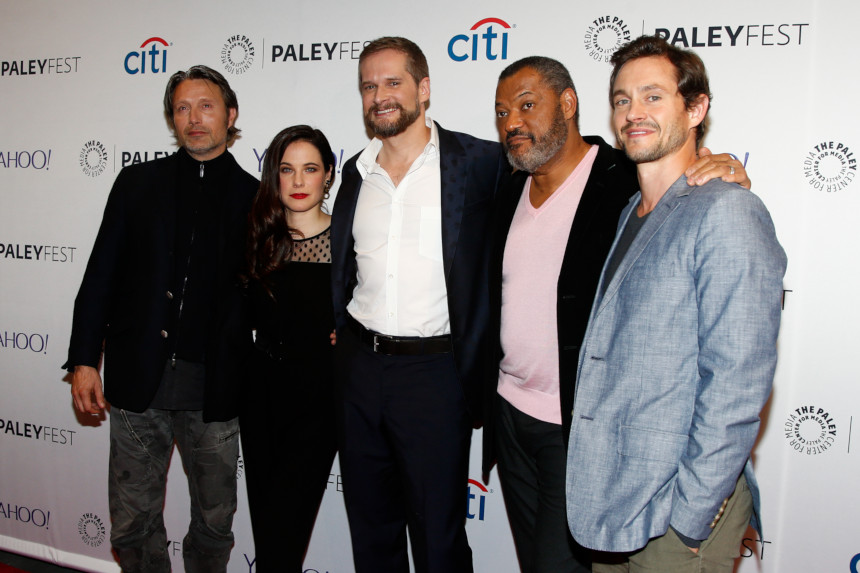
The audience’s fascination with Hannibal Lecter might seem strange to the casual observer, but on other levels, it’s not that surprising. America loves a good villain, whether it’s J.R. Ewing or Darth Vader or a cannibal psychiatrist. Lecter’s intelligence will always be his main quality, even if his affinity for eating people gets the headline. This country also has a general interest in crime, and serial killers in particular, which book sales, TV plots, and the incredibly large number of related documentaries will bear out. But at the root of it are two creative minds: Harris created an indelible literary character, and Hopkins brought him to chilling life. With Mikkelsen willing to play him again and interested writers and producers circling, it’s only a matter of time before the bad doctor breaks his silence again.
Featured image: Shutterstock
Become a Saturday Evening Post member and enjoy unlimited access. Subscribe now
